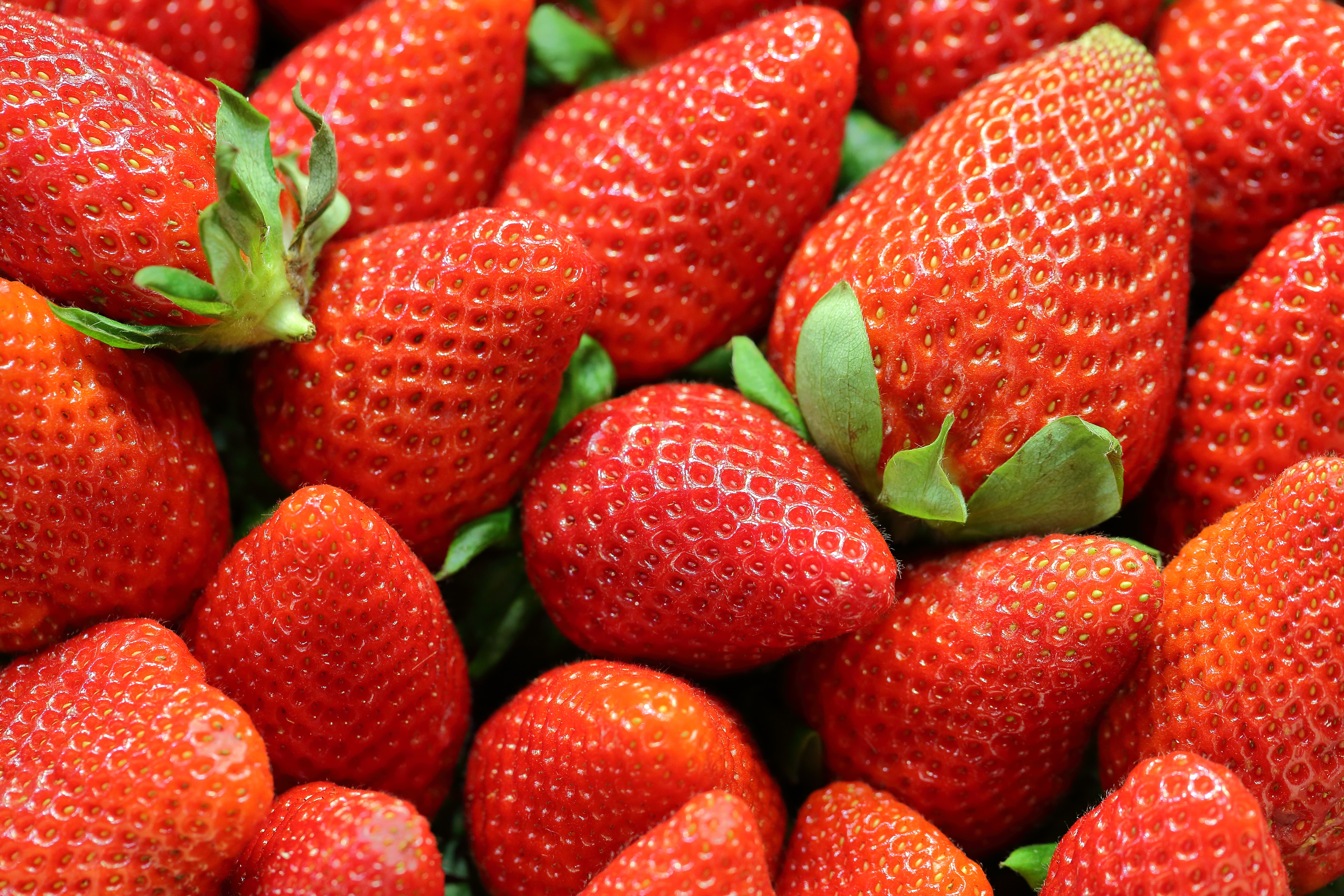Teenager’s bedroom smells like strawberries because of vaping.

The screw-top glass jars of gobstoppers and lemon sherbets that used to persuade kids to spend their pocket money on the way home from school have long been gone from the window of the modern sweet shop. Instead, there is a collection of slim boxes in a gamut of vivid hues. They are labelled as “cotton candy ice,” “banana ice,” “pink lemonade,” “blueberry sour raspberry,” and “pink lemonade.”
The Elf bars, or disposable e-cigarettes, are kept in the jewelled boxes. They’re just for adults, according to the guidelines. Even if they stroll in to look at the candy that is also on sale in some of these stores, people under the age of 18 are not permitted to purchase them. But as is common knowledge, youngsters also wind up with the lovely toys and may have even learnt how to use them from TikTok influencers.
For parents of teenagers, smelling strawberries in the bedroom is really unsettling. They might not have been aware that their youngster was using a stolen cigarette after school under the bike sheds in the past. In the past, smoking was so pervasive that it was uncommon for a child to never take a puff, hopefully choking on the fumes and never picking up a cigarette again.
Overall, smoking rates in the UK have significantly decreased; currently, less than 15% of adults report smoking, compared to a peak of more than 45% in the 1970s. This is due to the protracted and arduous battle against tobacco. But in recent years, many UK experts feel that e-cigarettes, which give addicts the nicotine hit without the dangerous tar, have contributed to that win.
Others, particularly in the US, claim that they are the work of the devil, hooking children on nicotine, exposing them to dangerous chemicals, and maybe leading them back to tobacco use in the future. As their markets in developed nations stagnate, the Big Tobacco firms’ eagerness to enter the e-cigarette manufacturing industry only serves to confirm that theory.
The rift over vaping and health that was created when the first explicitly teen-friendly e-cigarettes from San Francisco startup Juul arrived is still present. Juul, whose USB stick-sized e-cigarettes were introduced in 2015 and have been extremely popular among young people, has been subjected to every legal and financial sanction the US government, through the Food and Drug Administration, and some states, like California, can think of.
There have been rumours of epidemics in high school, with waves of flavorful vapour coming from bags in the rear of the classroom. In September, Juul agreed to pay $440 million to 33 US states as a result of two years of inquiries into its advertising methods. The business was charged with purposefully using launch events and social media promotion to target young people. Fruit and candy flavours have already been dropped off the menu at that time.
But in the UK, the government largely abides by the recommendations made by Public Health England, which is now the Office for Health Improvement and Disparities. Public Health England famously stated that vaping is 95% less dangerous than smoking and is a helpful tool for people who wish to stop. The NHS promotes vaping as an alternative to smoking wherever it can, although being constrained by the lack of an e-cigarette with a medical licence.
These health professionals want to draw attention to the sizable number of middle-aged people who smoke, many of whom live in impoverished areas of the nation. In England, there are still about 6 million smokers. Smoking is a factor in one-fourth of all cancer-related fatalities. A evaluation into what has to be done to eliminate smoking was published in June by Dr. Javed Khan, a former leader of Barnardo’s. It was ordered by Sajid Javid, who was the health secretary at the time. The final piece of advice was to “encourage vaping.” 57% of adult UK vapers are former smokers, according to the advocacy group ASH (Action on Smoking and Health).
Nobody wants children to become hooked to nicotine, but underage youth using disposable vapes from Elf Bar and Geek Bar, made in Shenzhen, China, and sold both in stores and online, present a disturbing situation and divert energy and resources away from the crucial fight against tobacco. According to ASH research, 83% of 11 to 17-year-olds had never tried an e-cigarette; nevertheless, this year, 7% of respondents indicated they vape now, up from 4% in 2020. One in ten people who vape take a puff right after waking up, according to a recent analysis of US data by researchers from Massachusetts general hospital and San Francisco. Kids first try e-cigarettes on average when they are 13 years old.
How can this be fixed? The fact that there are strong opinions on the proper usage and abuse of vapes makes it extremely challenging. However, a crackdown on e-cigarette marketing and promotion that appeals to youth is unquestionably needed. Why not make all nicotine products available in plain packaging, just like we do with cigarettes? Throw out the attractive boxes and delicious flavours. Additionally, we require enforcement of the current laws governing sales and marketing to children. Too many things must be done by local governments with too little funding. To make sure that stores don’t sell to anyone under 18 would cost too much money. It is time for a windfall tax on the tobacco firms, as activists like Khan and organisations like Action on Smoking and Health and Cancer Research UK have been arguing. Those who pollute must pay.
Ref: https://www.theguardian.com/commentisfree/2022/nov/10/vaping-britain-teens-smoking-government
If you are struggling with any of the issues mentioned in this article, please contact us, and we will try to help in any way we can.


